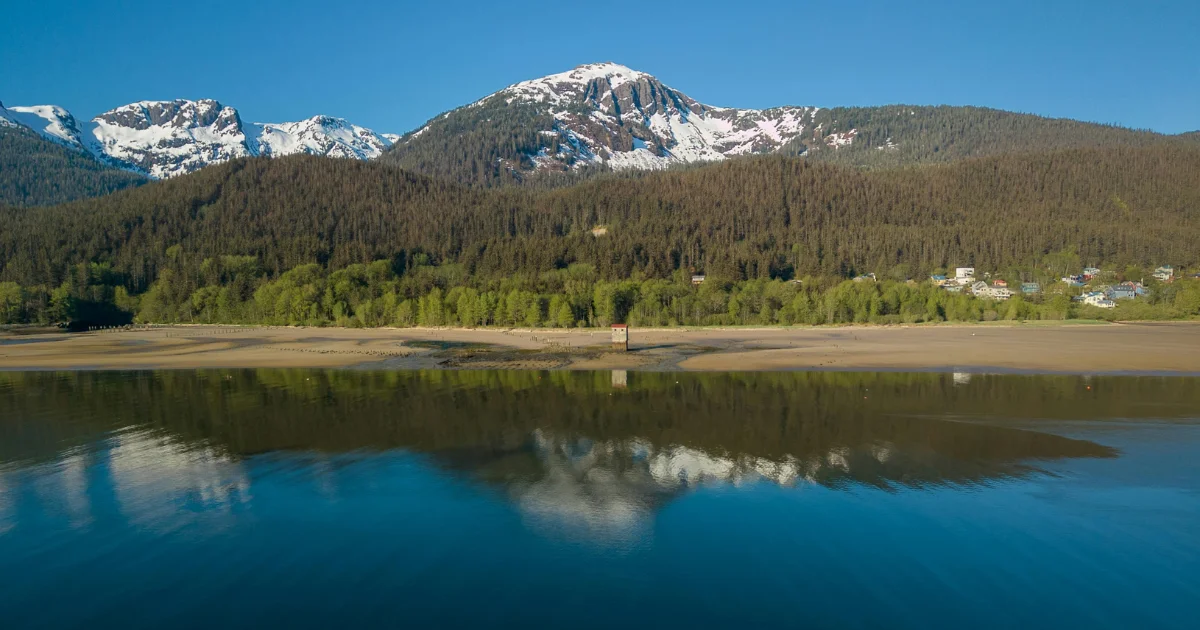Table of Contents
ToggleWhy Cities Need Trees to Stay Cool
As urban areas grow, cities are becoming hotter and less comfortable due to concrete buildings, paved roads, and other heat-retaining structures. This “urban heat island” effect makes city temperatures higher than surrounding rural areas, impacting both human health and the environment. One of the most effective ways to reduce urban heat is by planting trees. Trees provide shade, cool the air, and bring numerous other benefits that help cities become cooler and more livable.
Understanding the Urban Heat Island Effect
The urban heat island effect occurs when urban areas absorb and retain heat from the sun. Materials like asphalt, metal, and concrete trap heat, releasing it slowly into the atmosphere. This creates a “heat island” that causes cities to remain warmer than rural areas, even at night. Higher temperatures can lead to increased energy use, air pollution, and health risks, especially for vulnerable populations. Cities can feel up to 7–10°F (4–6°C) warmer than nearby rural areas, and climate change is intensifying this effect.
How Trees Cool Cities
Trees are one of the most efficient natural solutions to combat urban heat. Here’s how they work:
Providing Shade
Trees create shade, which can significantly lower the temperature of surfaces they cover. By blocking direct sunlight, they reduce the amount of heat absorbed by buildings, roads, and sidewalks. This shading effect can lower the temperature of these surfaces by up to 45°F (25°C). For residents, shaded areas are not only cooler but also more comfortable and inviting, making outdoor spaces more usable.
Evapotranspiration
Trees cool the air through a natural process called evapotranspiration, where they release water vapor from their leaves. As water evaporates from a tree’s leaves, it cools the surrounding air. This can reduce temperatures in the immediate area by up to 10°F (6°C). Evapotranspiration is particularly effective in reducing daytime temperatures, creating a cooling effect similar to an outdoor air conditioner.
Reducing Ground-Level Heat
Without trees, concrete and asphalt can reach scorching temperatures under the sun, releasing heat back into the air and contributing to nighttime warmth. Trees, with their canopies and roots, act as a buffer. They prevent direct sunlight from hitting these surfaces and lower overall ground temperatures. This helps cool down the city, especially at night when people need relief from the day’s heat.
Additional Benefits of Trees in Urban Areas
Apart from cooling, trees bring many other advantages to cities:
Improving Air Quality
Trees help filter the air by absorbing pollutants like carbon dioxide, sulfur dioxide, and nitrogen oxides. They also trap dust, pollen, and smoke on their leaves, which can improve air quality and reduce respiratory issues for city residents. Cleaner air reduces the risks associated with asthma, allergies, and other health problems, especially in areas with high traffic or industrial activity.
Reducing Energy Costs
When trees shade buildings, they reduce the need for air conditioning, which can lower energy bills by up to 30%. This not only saves money for residents but also reduces the strain on city power grids. Lower energy demand also means fewer greenhouse gas emissions, which benefits the environment by reducing the city’s carbon footprint.
Supporting Urban Wildlife
Trees provide a natural habitat for birds, insects, and small animals. In urban areas, where green spaces are limited, trees offer essential food and shelter for these species. This biodiversity not only enriches city life but also supports natural processes like pollination, pest control, and nutrient cycling, contributing to a balanced ecosystem.
Enhancing Mental and Physical Health
Spending time near trees and green spaces has been shown to reduce stress, improve mood, and encourage physical activity. Trees create beautiful, calming spaces in busy cities, offering an escape from the fast pace of urban life. Research shows that people living in areas with more trees have lower rates of depression, anxiety, and stress. Parks and tree-lined streets invite people to walk, jog, or bike, promoting a healthier lifestyle.
Why Cities Should Invest in Trees
Planting trees in cities is one of the most cost-effective solutions to combat the urban heat island effect. Here are some reasons cities should prioritize tree-planting projects:
Long-Term Cooling: Unlike mechanical cooling systems, trees provide lasting cooling without ongoing energy costs.
Healthier Residents: Trees reduce air pollution and improve mental health, leading to healthier communities.
Economic Savings: Trees save money by reducing energy bills and healthcare costs associated with heat-related illnesses.
Improved Quality of Life: Green spaces enhance property values, attract tourism, and make cities more livable.
Many cities around the world are already making trees a priority. Urban forestry programs aim to increase tree canopy cover and create greener, cooler neighborhoods. Some cities, such as Singapore and New York, have implemented “green roofs” and vertical gardens to incorporate more greenery into limited urban spaces.
Relevant post: In impressive trees influence the climate in 2024
Other Relevant: Trees and Climate Change: How Forests Benefit the Climate
Conclusion
As urban areas continue to grow, addressing the urban heat island effect becomes increasingly important. Trees provide a natural, cost-effective solution to cooling cities, making them vital for future city planning. They offer shade, improve air quality, reduce energy costs, and support urban wildlife, all while enhancing mental and physical health. For cities aiming to become more sustainable and resilient, investing in trees is a practical, beneficial choice that will have positive effects for years to come.




